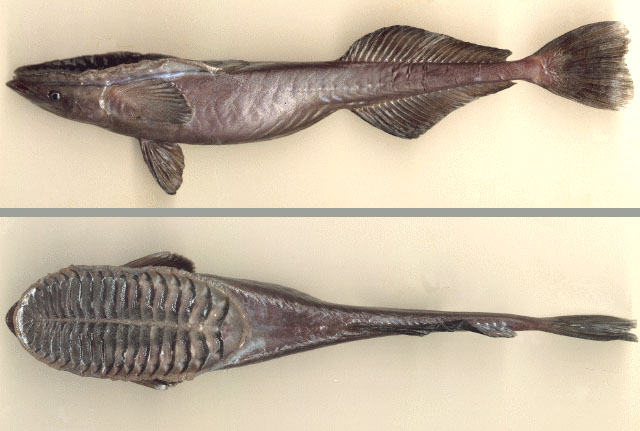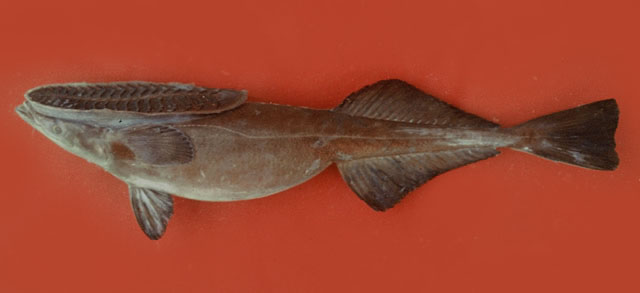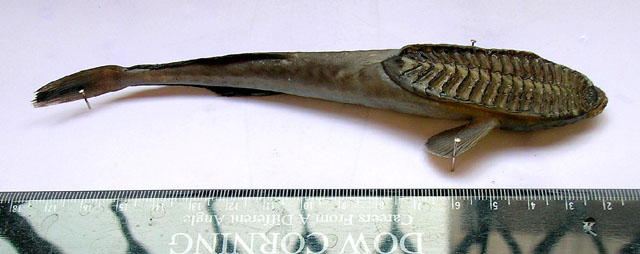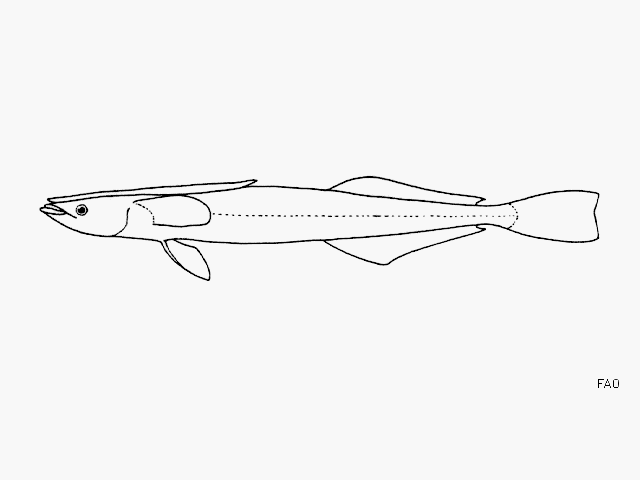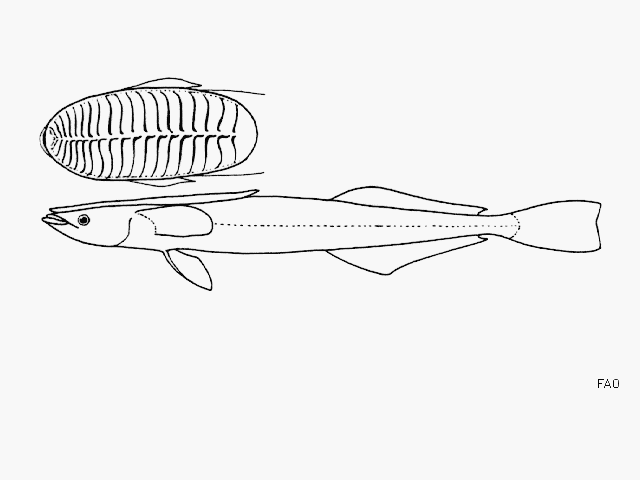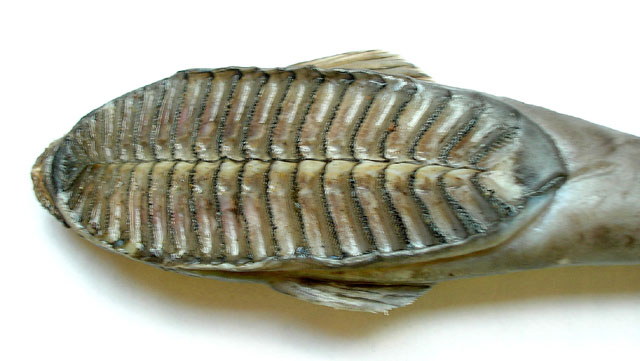Remora
osteochir
(Cuvier,
1829)
Marlin sucker
View all media / Upload your photos and videos
Expand all
Classification / Names
Teleostei (teleosts) > Carangiformes (Jacks) >
Echeneidae (Remoras)
Etymology: Remora: Latin, remora = delay, hindrance (1567) (Ref. 45335).
More on author:
Cuvier.
Environment / milieu / depth range / climate zone / distribution range
Distribution
Maps

Remora osteochir / Native range
AquaMaps Data sources:
GBIF
OBIS
This map was computer-generated and has not yet been reviewed.

Remora osteochir / Suitable habitat
AquaMaps Data sources:
GBIF
OBIS
This map was computer-generated and has not yet been reviewed.

Remora osteochir / Point map
AquaMaps Data sources:
GBIF
OBIS
This map was computer-generated and has not yet been reviewed.

Remora osteochir / Year 2050
AquaMaps Data sources:
GBIF
OBIS
This map was computer-generated and has not yet been reviewed.
Length at first maturity / Size / Weight / Age
Biology
Life cycle and mating behavior
Oviparous. From collection study observations, a mature pair is often found attached to a single host, most often a billfish, indicative of distinct pairing during breeding (Ref. 57896).
Main reference
Paxton, J.R., D.F. Hoese, G.R. Allen and J.E. Hanley 1989 Pisces. Petromyzontidae to Carangidae. Zoological Catalogue of Australia, Vol. 7. Australian Government Publishing Service, Canberra, 665 p. (Ref. 7300)
IUCN Red List Status (Ref. 125652)
Least Concern (LC); date assessed: August 23 2012
CITES (Ref. 131153)
Not Evaluated
CMS (Ref. 116361)
Not Evaluated
Threat to humans
Harmless
More information
- Countries
- FAO areas
- Ecosystems
- Occurrences
- Introductions
- Stocks
- Ecology
- Diet
- Food items
- Food consumption
- Ration
- Common names
- Synonyms
- Metabolism
- Predators
- Ecotoxicology
- Reproduction
- Maturity
- Spawning
- Spawning aggregation
- Fecundity
- Eggs
- Egg development
- Age/Size
- Growth
- Length-weight
- Length-length
- Length-frequencies
- Morphometrics
- Morphology
- Larvae
- Larval dynamics
- Recruitment
- Abundance
- References
- Aquaculture
- Aquaculture profile
- Strains
- Genetics
- Allele frequencies
- Heritability
- Diseases
- Processing
- Mass conversion
- Vision
- Pictures
- Stamps, Coins Misc.
- Sounds
- Ciguatera
- Speed
- Swim. type
- Gill area
- Otoliths
- Brains
Estimates based on models
Preferred temperature (Ref. 123201): 17.3 - 28.2, mean 25.9 °C (based on 1457 cells).
Phylogenetic diversity index (Ref. 82804): PD50 = 0.5352 [Uniqueness, from 0.5 = low to 2.0 = high].
Bayesian length-weight: a=0.00257 (0.00110 - 0.00600), b=3.17 (2.96 - 3.38), in cm total length, based on LWR estimates for this (Sub)family-body shape (Ref. 93245).
Trophic level (Ref. 69278): 3.5 ±0.5 se; Based on food items.
Resilience (Ref. 120179): Medium, minimum population doubling time 1.4 - 4.4 years (Fec = 8,100).
Fishing vulnerability (Ref. 59153): Moderate vulnerability (39 of 100).
Nutrients (Ref. 124155): Calcium = 0 [0, 0] mg/100g; Iron = 0 [0, 0] mg/100g; Protein = 0 [0, 0] %; Omega3 = 0 [0, 0] g/100g; Selenium = 0 [0, 0] μg/100g; VitaminA = 0 [0, 0] μg/100g; Zinc = 0 [0, 0] mg/100g (wet weight);

